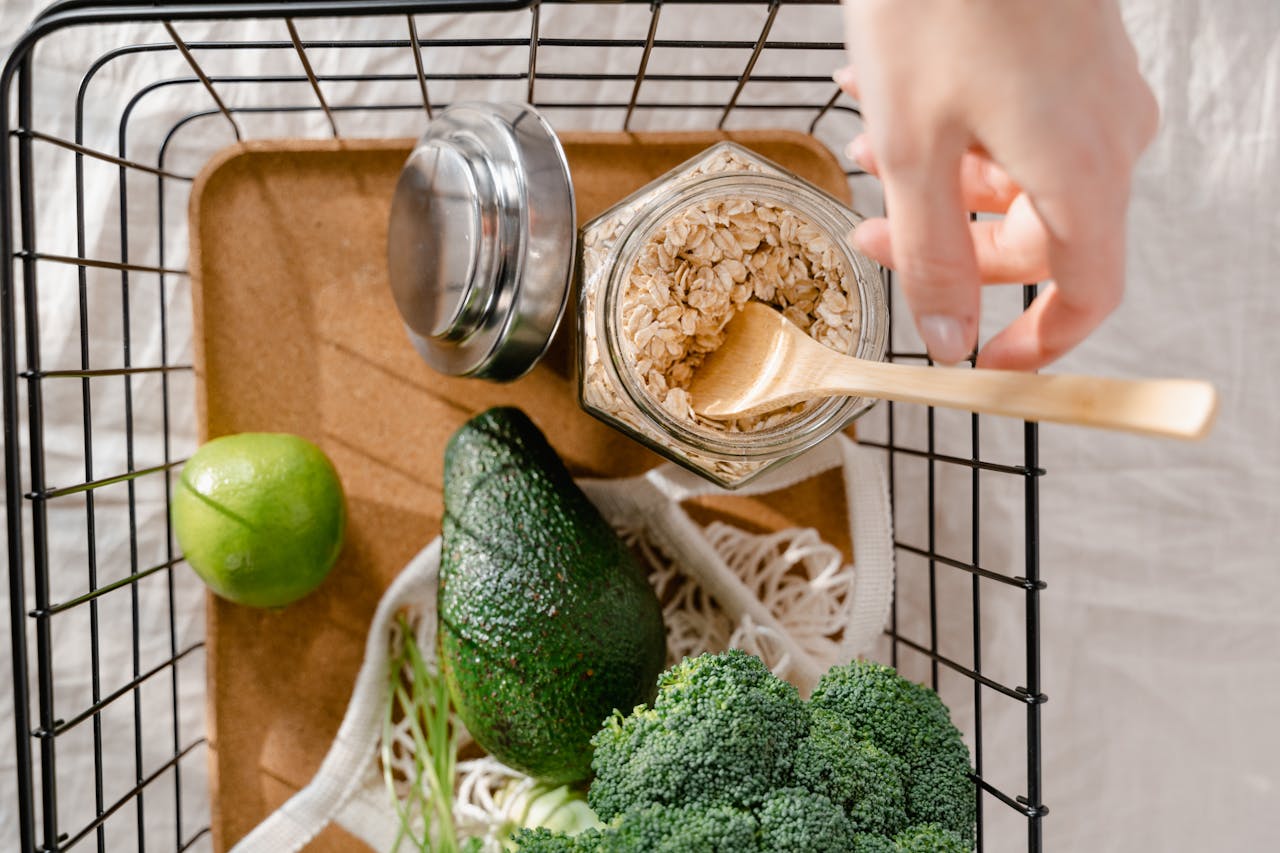Crafting a meal plan doesn’t have to feel rigid or repetitive. By organizing your weekly menus around themes—such as “Meatless Mondays,” “Taco Tuesdays,” or “International Flavors” nights—you’ll stay excited about what’s on the menu and ensure a balanced rotation of nutrients. Here’s how to build a themed meal plan that’s as fun as it is nourishing.
1. Choose Your Weekly Themes
Decide on 3–7 themes that appeal to your tastes and goals. For example:
- Meatless Monday: A plant‑based entrée to kick off the week with fiber and antioxidants.
- Taco Tuesday: Lean protein wrapped in whole‑grain tortillas, topped with fresh salsa.
- Wellness Wednesday: A detox‑friendly bowl of greens, grains, and lean protein.
- Throwback Thursday: A healthier spin on a nostalgic favorite (think baked “fried” chicken).
- Fusion Friday: Experiment with cross‑cultural recipes, like Korean bibimbap or Mediterranean shakshuka.
- Sheet‑Pan Saturday: Easy one‑pan dinners to minimize prep and cleanup.
- Soup & Salad Sunday: Light, restorative dishes to recharge before Monday.
2. Build Core Recipe Collections
For each theme, curate 2–3 go‑to recipes so you can rotate without repeating the same dinner every week. For example, under Meatless Monday:
- Chickpea “Tuna” Salad Wraps
- Lentil Shepherd’s Pie with Cauliflower Mash
- Thai Red Curry with Tofu and Vegetables
3. Streamline Your Grocery Shopping
Group ingredients by theme and by grocery department to simplify your list.
- Produce: Garlic, onions, mixed greens, bell peppers, cilantro
- Proteins & Dairy: Canned beans, tofu, eggs, Greek yogurt
- Pantry Staples: Whole‑grain wraps, brown rice, low‑sodium broth, spices
- Frozen: Mixed vegetables, fruit blends, whole‑grain tortillas
4. Prep & Storage Strategies
- Theme Stations: Dedicate one shelf or drawer in the fridge for each theme’s prepped components.
- Batch‑Cook Foundations: Roast a tray of mixed vegetables for multiple themes (e.g., Wellness Wednesday bowls and Soup & Salad Sunday).
- Versatile Sauces: Whip up three different sauces (tahini dressing, salsa verde, peanut‑ginger sauce) to transform the same base ingredients across themes.
5. Benefits of Themed Planning
- Prevents Decision Fatigue: Knowing the theme removes one layer of daily choice.
- Encourages Creativity: Themes invite you to try new cuisines and recipes.
- Ensures Balanced Nutrition: A predefined structure helps you cover all macronutrient groups.
- Boosts Engagement: Themes turn dinner into an event—kids and family can look forward to the next “adventure.”
6. Sample 3‑Day Themed Menu
| Day | Theme | Breakfast | Lunch | Dinner |
|---|---|---|---|---|
| Mon | Meatless Monday | Smoothie bowl with spinach & berries | Hummus veggie wrap | Eggplant and chickpea tagine over quinoa |
| Tue | Taco Tuesday | Veggie breakfast tacos | Shrimp taco salad | Black bean & sweet potato tacos |
| Wed | Wellness Wednesday | Oatmeal with nuts & apples | Buddha bowl with farro & kale | Miso‑glazed salmon with steamed broccoli |
7. Staying Flexible
- Swap Themes: Feel free to shift Taco Tuesday to Wednesday if your schedule changes.
- DIY Leftovers Bar: Repurpose leftover proteins and grains into a customizable “bar” on off‑theme days.
- Seasonal Adjustments: Rotate themes by season—“Summer Grill Night” or “Hearty Fall Stews.”
By adopting a themed approach to your weekly meal plan, you’ll bring structure and spontaneity into the kitchen. Start with a handful of themes, build a library of diverse recipes, and watch as your eating habits become both healthier and more enjoyable. Unlock the fun of themed planning today, and let every bite tell a story.
